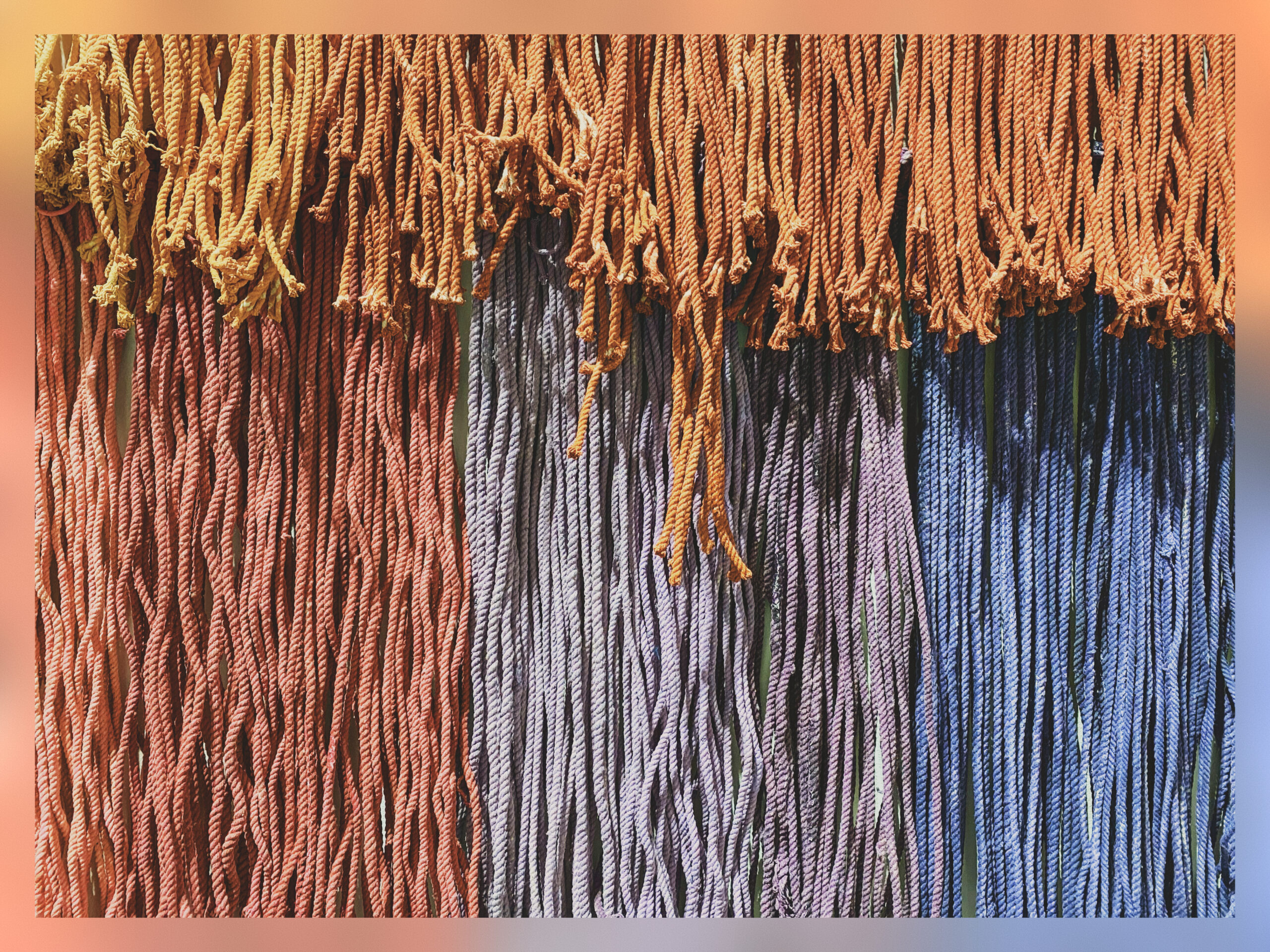This is my entry for this month’s IndieWeb Carnival, hosted by Marisabel, on the topic of “Colour”.
Purple is my favourite colour. There’s only one problem: nobody seems to know what “purple” actually is. This excerpt from Wikipedia sums it up:
Violet is closely associated with purple. In optics, violet is a spectral color (referring to the color of different single wavelengths of light), whereas purple is the color of various combinations of red and blue (or violet) light, some of which humans perceive as similar to violet. In common usage, both terms are used to refer to a variety of colors between blue and red in hue.
No wonder Michel Pastoureau wrote the history of every colour, including black and white, but not purple. Or violet. Or whatever the hell this colour is supposed to be. Even if he had written Violet: histoire d’une couleur, how would it have been translated into English? In French, violet is a dark and luscious hue smack dab in between blue and red. It’s bluer than the Spanish morado, a colour not dissimilar to the heraldic murrey, which is called “pourpre” in French. Violet is a dead ringer for the Japanese 紫, which is generally translated as “purple”.
“Purple” and “pourpre” might come from the same Latin word, purpura, but they’re not the same colour. Pourpre is the colour that was obtained from the mucus of a certain type of sea snail (i kid you not) and worn by emperors for centuries, or rather the colours, because it shifted with changes in fashion and suppliers. I would call it “Tyrian purple” if its most popular incarnation wasn’t meant to echo the colour of spilled blood, which is definitely not purple1. But then again, we call the colour of the cardinal’s cassocks “pourpre”, although they’re undoubtedly scarlet.
Like brown, and unlike purple, violet doesn’t appear in the rainbow. It’s a non-spectral colour, which means that it can’t be produced by a single monochromatic light source. The purple boundary, the straight line that goes from red to purple on chromaticity diagrams, represents a firm limit in human perception. Heliotrope, lavender, lilac, mauve, periwinkle, petunia, phlox, thistle, veronica, violet, wisteria2, grape, mulberry and plum3 appear somewhere in the triangle between this line and the white point. Where exactly is a matter of debate.
Take the namesake colour of this blog, “zinzolin”, which i’ve been tracking in dozens of old reference books. It went from a warm orange in the 1650s to a grayish yellow in the 1800s, and then abruptly shifted to a deep purple in the 19th century. The few modern colour charts that mention zinzolin put it next to mauve. Since its name might come from the jujube fruit, which is almost maroon, i chose a reddish hue for myself.
So, what’s my favourite colour? Well, purple, of course. In all its various hues.
- Fun fact: Tyre is one of the oldest Phoenician settlements and, as such, one of the oldest continuously inhabited cities in the world. (It’s also the legendary birthplace of Europa. I might ask to change the colour of our flag.) “Phoenicia” probably means “land of carpenters”, from its other major trade, but Tyre is so associated with the production of its famous pigments that the ancient Greeks used the same word for “Phoenician” and “Tyrian purple” (φοῖνιξ). Lebanon, the country where Tyre now stands, gets its name from the white cap of its eponymous mount. ↩︎
- So many flowers! ↩︎
- So many fruits! ↩︎
